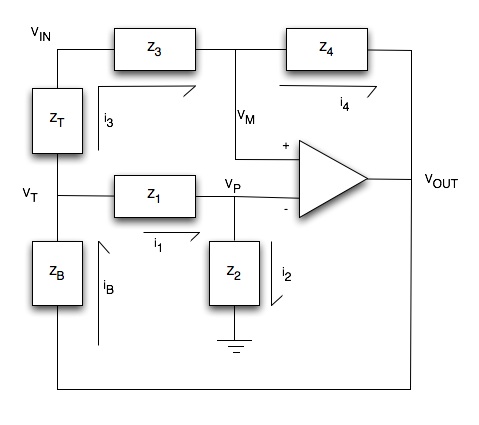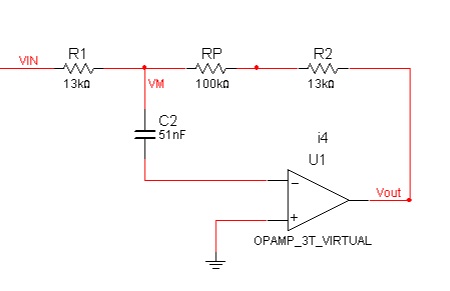The definition I like (and I'm not the only one, several highly-regarded equalizer designers like it too), is to define the corner points as the points where the boost/cut is a specific fraction of the maximum B/C. For example, KT DN27 (grandaddy of graphic eq's) provides +/-12dB boost/cut, the +/-3dB points are located 1/6 octave away from the center frequency. Terry Clarke's definition was that when you move the 1k fader, the auditive result affects only the 1/3 octave band centered at 1k. So the DN27 corner points are defined 1/4th the max B/C. I know this is arbitrary, because if the EQ has +/- 15db B/C, the corner points will change, but anyway the definition of bandwidth in an EQ cannot be anything else than arbitrary. Obviously, when KT moved from real inductors to pseudo-gyrators, they had to change their definition, because they couldn't achieve the same selectivity.ricardo said:Duu..uh! I no i kunt reed but war iz dis definition?abbey road d enfer said:Davebungo's definition of BANDWIDTH is pretty close to what I came to consider a sensible approach, making measurements and perception consistent.
And IIRC, Moorer was on the AES committee discussing this (maybe chief) which is why he produced his definition.
Some designers define their corner frequency as the points where the B/C is half the maximum B/C. It is no less arbitrary, but also it doesn't sit as well in terms of auditory sensation. That makes for much wider filters. Many sound engineers think that a 1/3 octave EQ obeying this definition is too wide.
James Moorer, as brilliant as he is, may have been tempted to let mathematics take over practicality. Remember his world is constituted of 0's and 1's!
The "Q" parameter has the advantage of being directly usable in the calculation of coefficients in digital EQ's.
In digital impementation, the coefficients are governed by a single parameter alpha. When Q is the design parameter, the formula is alpha = sin(w0)/(2*Q). When BW is the design parameter, the formula is alpha = sin(w0)*sinh( ln(2)/2 * BW * w0/sin(w0) ). Much more complicated to handle. No wonderdigital designers love the "Q" formula!
But analog designers just can't use Q as a design parameter. None of my colleagues analog audio designers involved with equalizers use the Q factor as a design parameter, and we all have our version of the KT definition for BW.








![Electronics Soldering Iron Kit, [Upgraded] Soldering Iron 110V 90W LCD Digital Portable Soldering Kit 180-480℃(356-896℉), Welding Tool with ON/OFF Switch, Auto-sleep, Thermostatic Design](https://m.media-amazon.com/images/I/41gRDnlyfJS._SL500_.jpg)



























